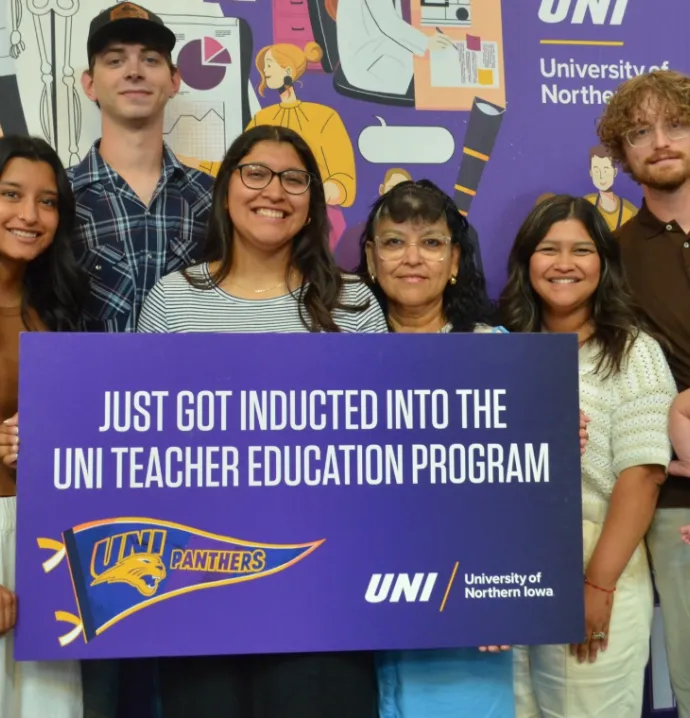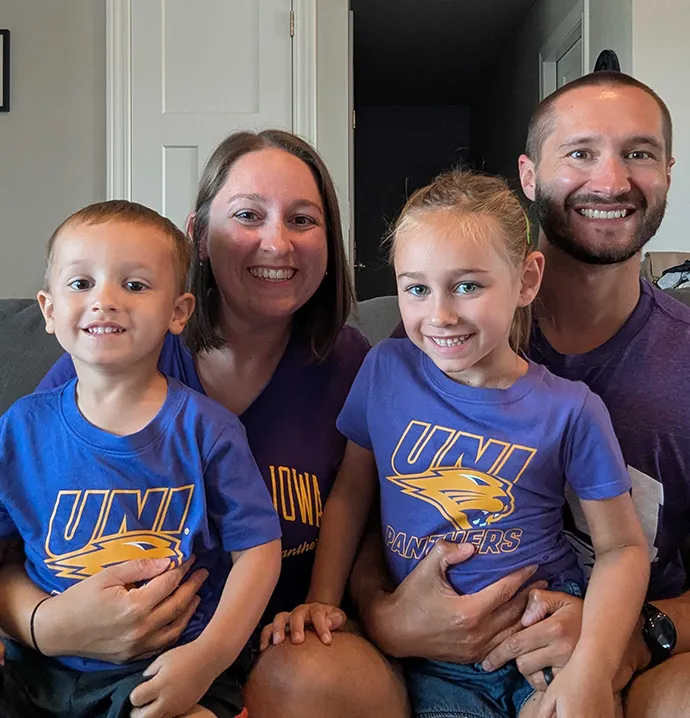Techniques for Building a Resilient and Sustainable Organization
Techniques for Building a Resilient and Sustainable Organization
 Business leaders might be happy to learn about current nuts and bolts research on how to manage a nimble, sustainable, "learning" organization over the long haul. During the last half of the last century, tried and true management methods seemed to meet their match. The rigid command and control methods of a traditional corporate hierarchy couldn't keep up with an increasingly global economy, tangible impacts of dwindling natural resources, and shifting social attitudes. Innovative solutions abound. Matrix organizations, management by walking around, sensemaking and storytelling, learning organizations, and holacracy, among many other techniques have met with success. Once. Things can go south quickly when it comes to replicating one organization’s success at another company or in a new industry. Even within the same company, a few personnel changes at any level can wreak havoc.
Business leaders might be happy to learn about current nuts and bolts research on how to manage a nimble, sustainable, "learning" organization over the long haul. During the last half of the last century, tried and true management methods seemed to meet their match. The rigid command and control methods of a traditional corporate hierarchy couldn't keep up with an increasingly global economy, tangible impacts of dwindling natural resources, and shifting social attitudes. Innovative solutions abound. Matrix organizations, management by walking around, sensemaking and storytelling, learning organizations, and holacracy, among many other techniques have met with success. Once. Things can go south quickly when it comes to replicating one organization’s success at another company or in a new industry. Even within the same company, a few personnel changes at any level can wreak havoc.
Over the past several decades, researchers have discovered the basic principles. Organizations that can remain nimble, flexible, and resilient enough to adapt to a dynamic, threatening, environment and sustain themselves over time exhibit the characteristics of complex, adaptive, systems. These organizations are defined and maintained as a network of relationships that rely on tacit knowledge, shared information, and real-time feedback mechanisms to stay on mission. Members, layered and distributed across time and space, act as autonomous agents to harness and learn from their errors, ensuring the entire system’s long-term survivability.
All very impressive, but even the best theories are not immediately useful. The good news is that researchers are currently focusing on the specifics: management communication practices, work organization and technical support tools, and the rest of the day-to-day activities that keep an organization healthy, resilient, and sustainably in business. Investigations cluster in a few key areas: narrative genre and storytelling methods to create a shared mission across the entire organization; supervisor and peer communication methods that foster autonomous decision making and error analysis; technologies to allow easy, robust, real-time information sharing; and methods for building knowledge-sharing relationships across traditional organizational boundaries. Useful knowledge is building up at a rapid clip!





